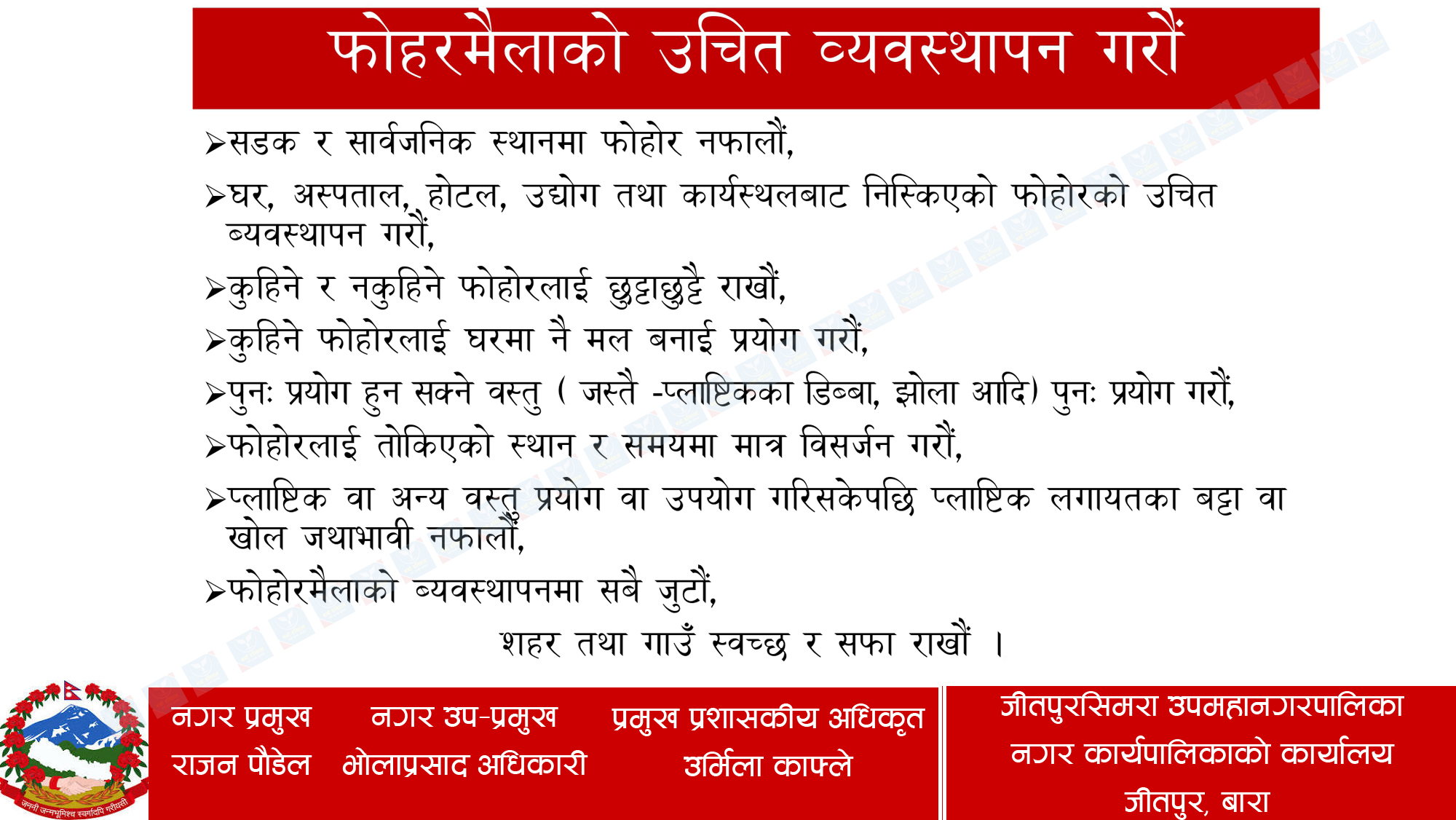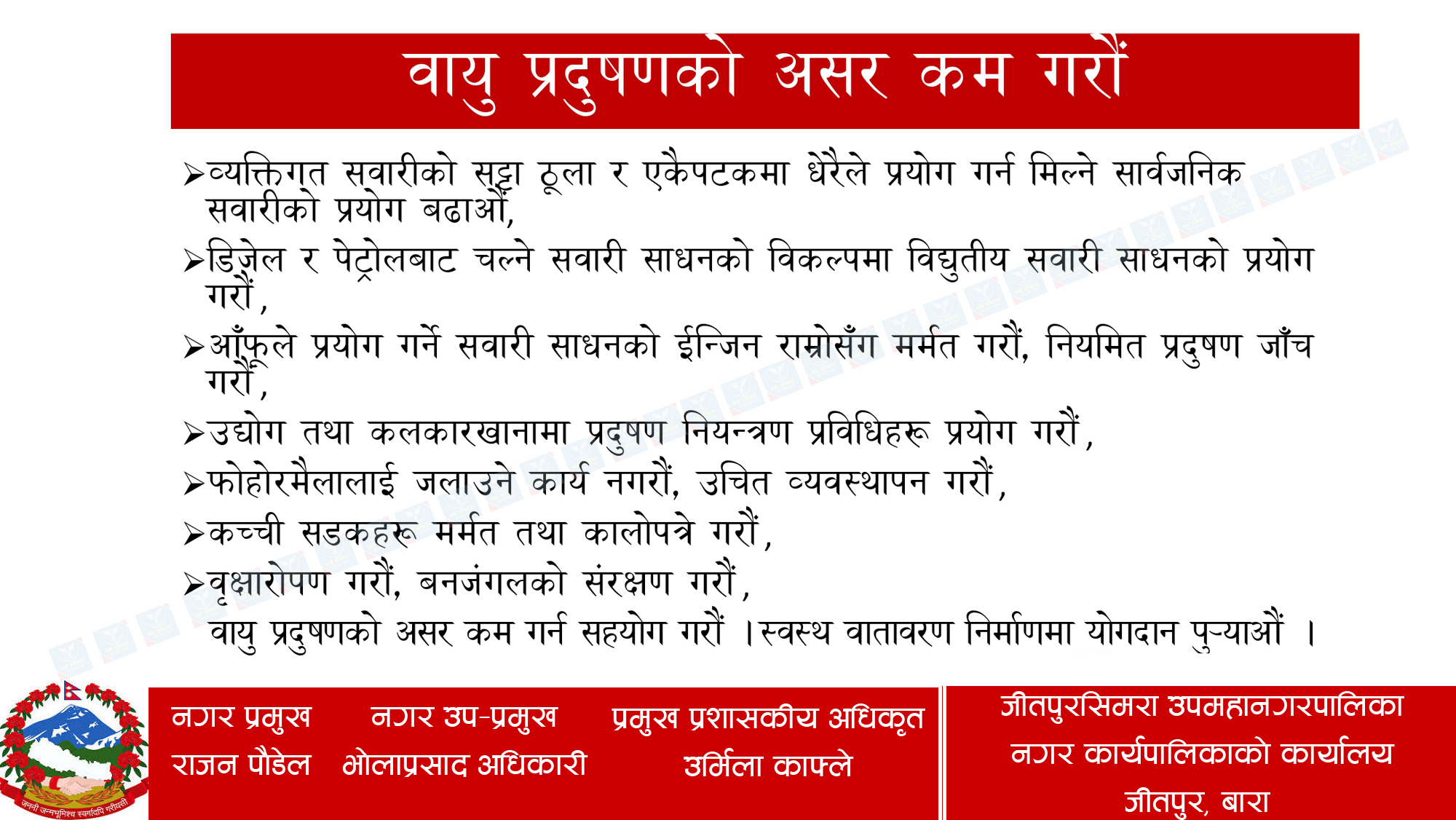Kathmandu, August 2 - The Nepalese government is facing financial pressure as it aims to acquire internal loans worth Rs 240 billion in the current fiscal year. By mid-October, they plan to collect Rs 55 billion, and an additional Rs 55 billion will be borrowed between mid-October and mid-January. The remaining Rs 53 billion will be borrowed from mid-January to mid-April, and the last Rs 77 billion will be taken in the final quarter of fiscal year 2023/24.
The government plans to generate 22.9 percent of the total public debts by issuing treasury bills, which are short-term bonds with maturity periods ranging from 28 days to 364 days. Another significant portion of Rs 179 billion will be obtained by issuing development bonds, including five-year bonds worth Rs 30 billion, six-year bonds worth Rs 74 billion, and seven-year bonds worth Rs 75 billion.
Additionally, the central bank, on behalf of the government, will issue five-year citizens saving certificates worth Rs 5 billion and foreign employment saving certificates worth Rs 1 billion.
Due to low revenue collection and increased public expenditure in the past fiscal year, the government has been forced to rely more on loans to manage financial obligations. With declining grants and foreign aid, domestic borrowing has become a major source of funding.
As of the last fiscal year, Nepal's public debt has surpassed Rs 2.2 trillion, with Rs 1.127 trillion being internal debt and Rs 1.082 trillion being external debt.
In the fiscal year 2022/23 alone, the government took on additional loans of Rs 255.99 billion, primarily to settle past debts. This marks a nearly doubled public debt in just five years, with the debt reaching Rs 2.011 trillion in the year 2021/22, compared to Rs 1.048 trillion in 2018/19.
The government faces significant challenges ahead in managing its financial liabilities and ensuring sustainable economic growth."










